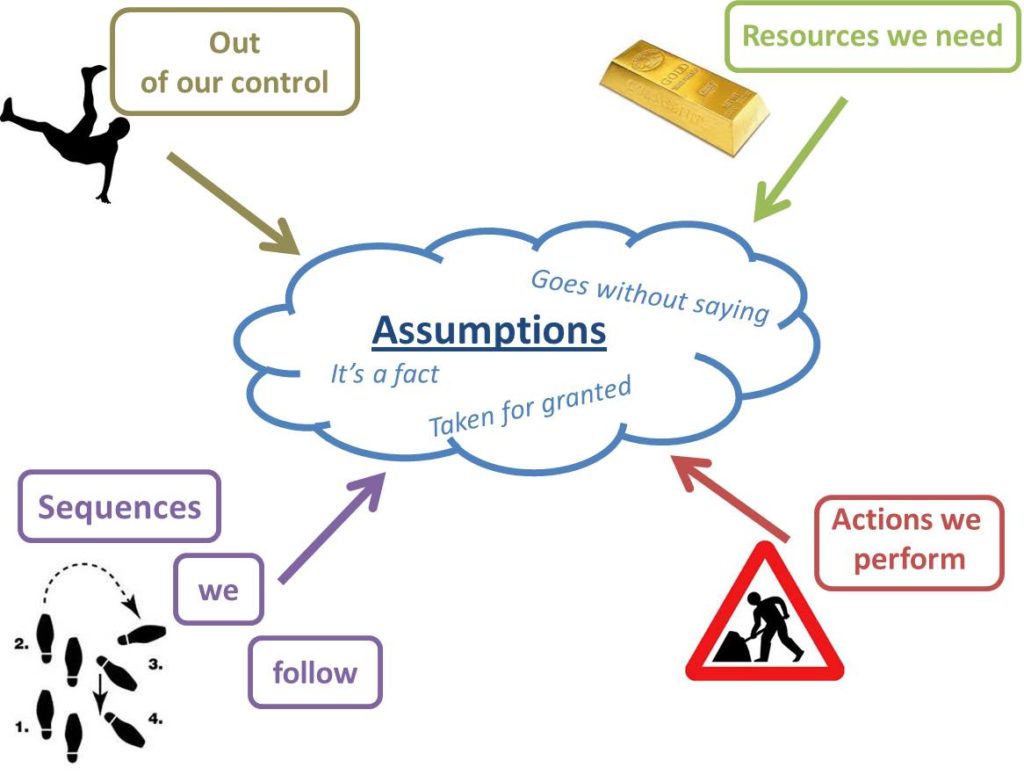In order to inspire and invest children in education, teaching techniques must engage students creatively as well as constructively. This article highlights techniques written about by Iowa State University’s Center for Excellence in Learning and Teaching, exploring how creative teaching techniques can close the educational gap that many students face.
Assumption Busting
An assumption is an unquestioned, assumed truth. Assumption busting is particularly effective when one is stuck in current thinking paradigms or has run out of ideas. Everyone makes assumptions about the world around us, which, in creative situations, can prevent seeing or generating possibilities. Deliberately seeking out and addressing previously unquestioned assumptions stimulates creative thinking.
Have students list assumptions associated with a task or problem. Then ask them under what conditions are these assumptions untrue, and continue the process of examination as old assumptions are challenged and new ones are created.
Brainstorming
Brainstorming, a useful tool to develop creative solutions to a problem, is a lateral thinking process by which students are asked to develop ideas or thoughts that may seem crazy or shocking at first. Participants can then change and improve them into original and useful ideas. Brainstorming can help define an issue, diagnose a problem or possible solutions and form resistance to proposed solutions.
Keep students focused on the problem, but be sure that no one criticizes or evaluates ideas during the session, even if they are clearly impractical, as criticism dampens creativity in the initial stages of a brainstorming session. The idea is to generate possibilities.


